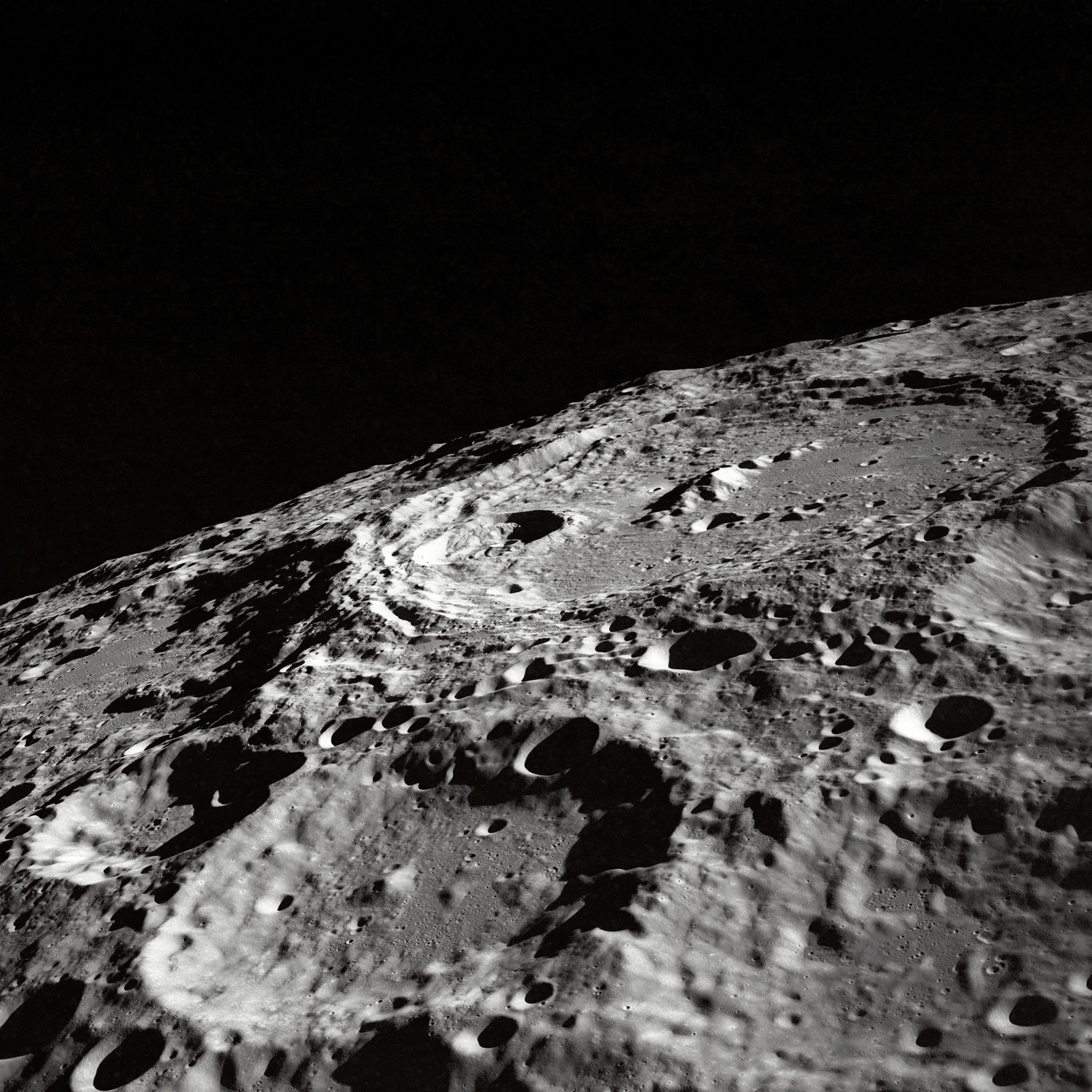The Crescent Moon and Star Symbol Meaning in Islam
Islam is the world’s second-largest religion with over 1.8 billion followers. As with any religion, Islam has its own unique symbols and icons that hold deep spiritual significance for its adherents. One of the most recognizable symbols associated with Islam is the crescent moon and star. In this blog post, we will explore the origins and meaning of this iconic symbol in Islam.
Historical Origins
The crescent moon and star symbol has a rich history that predates Islam. It can be traced back to ancient civilizations such as Mesopotamia, where the star was associated with the goddess Ishtar, and the crescent moon represented the moon god Sin. These symbols held religious and cosmic significance in the ancient world.
When Islam emerged in the 7th century, it adopted the crescent moon and star symbol from pre-Islamic cultures. However, it infused the symbol with its own meanings and interpretations to reflect its monotheistic beliefs.
Islamic Symbolism
Today, the crescent moon and star symbol is universally recognized as a symbol of Islam, representing both the faith and the Muslim community as a whole. However, there is no specific mention of this symbol in the Quran or the Hadiths (sayings and actions of the Prophet Muhammad), which are the primary sources of Islamic teachings.
Nevertheless, the symbol has become firmly associated with Islam over the centuries. It is often displayed on the flags of Muslim-majority countries, mosques, and other Islamic institutions. The symbol has also emerged as a cultural icon representing Muslim identity.
The Crescent Moon
The crescent moon, commonly associated with the symbol, holds various interpretations within the Islamic faith:
- Time: The moon has a deep connection with timekeeping in Islamic tradition. Islamic months are based on the lunar calendar, and the sighting of the crescent moon marks the beginning of the new month.
- Islamic Calendar: The crescent moon is closely associated with the Islamic calendar and the lunar months. Observing the new moon’s sighting is an essential practice in determining the start and end of important Islamic events, such as Ramadan and Eid.
- Symbol of Light: The crescent moon is considered a symbol of light and guidance in Islam. Muslims are encouraged to seek guidance from the Quran and follow the teachings of the Prophet Muhammad, just as the moon provides light in the darkness of the night.
The Star
In Islamic symbolism, the star associated with the crescent moon has its own interpretations:
- Divine Guidance: The star is often seen as a symbol of divine guidance and knowledge. Just as travelers rely on the stars to navigate, Muslims rely on the teachings of Islam to find their way in life.
- Protection: The star is also seen as a symbol of protection. Muslims believe that their faith offers them protection from evil and guides them on the path of righteousness.
- Unity: The star is a symbol of unity among Muslims. It represents the diverse Muslim community coming together under a common faith.
Contemporary Usage
In contemporary usage, the crescent moon and star symbol is widely used in Islamic art, architecture, and jewelry. It is commonly displayed on minarets, domes, and other architectural elements of mosques.
The symbol also serves as a visual marker to identify Islamic organizations and businesses. It is commonly found in Islamic flags and logos.
However, it is important to note that the crescent moon and star symbol is not universally used or accepted by all Muslims. Some Islamic scholars and adherents believe that using symbols is inappropriate and should be avoided. They argue that Islam should be symbolized solely through its teachings and practices.
Conclusion
The crescent moon and star symbol holds significant historical, cultural, and religious meaning in Islam. While its origins can be traced back to pre-Islamic civilizations, it has been infused with Islamic interpretations over time. Today, the symbol represents the faith and identity of Muslims around the world, serving as a reminder of the importance of guidance, unity, and protection.
Despite its prominent usage, it is important to recognize that symbols are not the essence of a religion. The true teachings and practices of Islam, as found in the Quran and Hadiths, are the core of the faith. Symbols like the crescent moon and star provide visual representation and cultural identity but should never overshadow the broader principles and values of Islam.
Table of Contents
